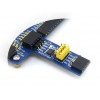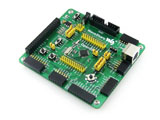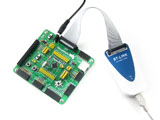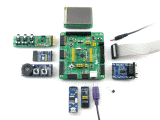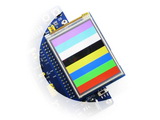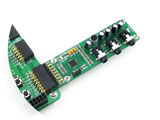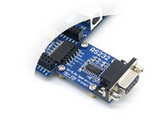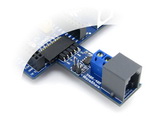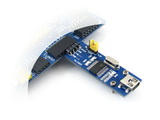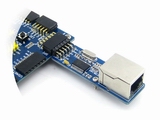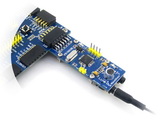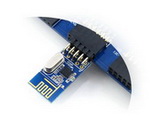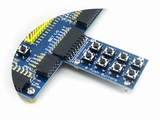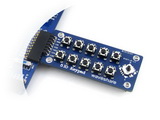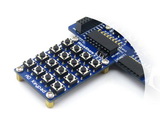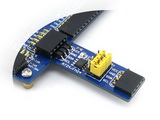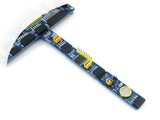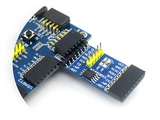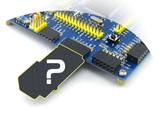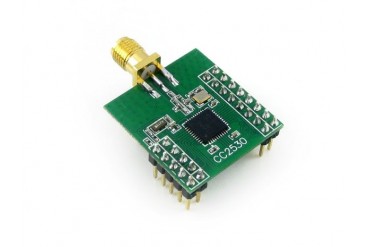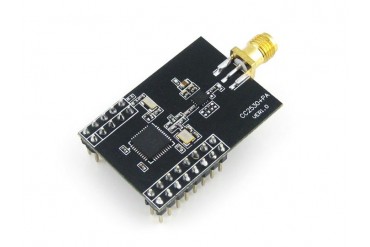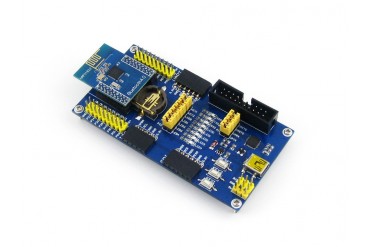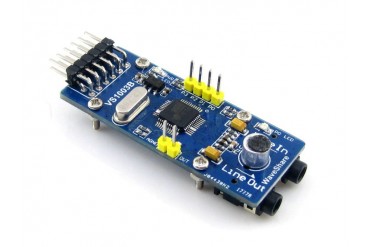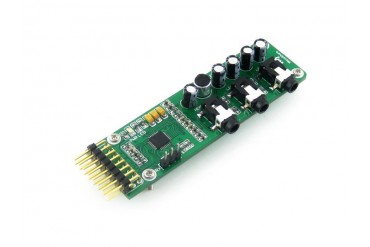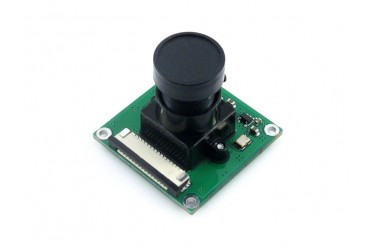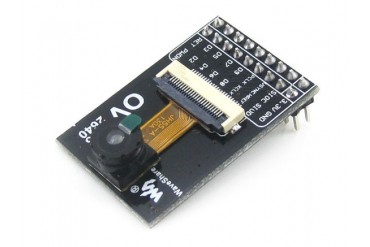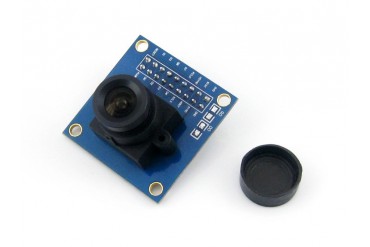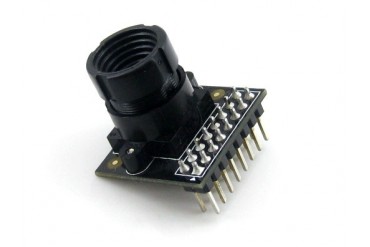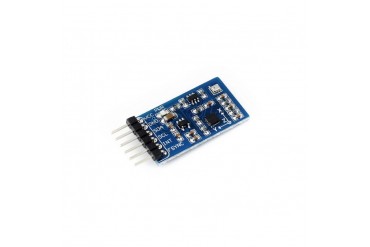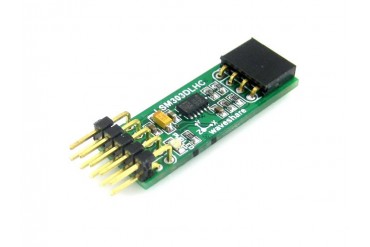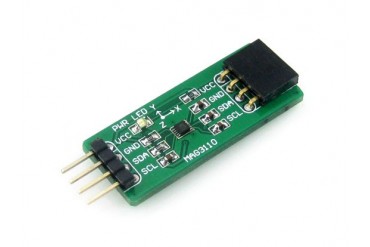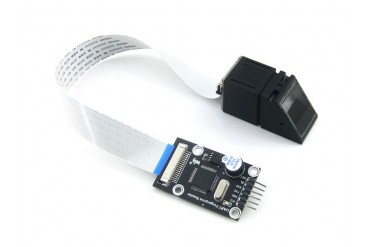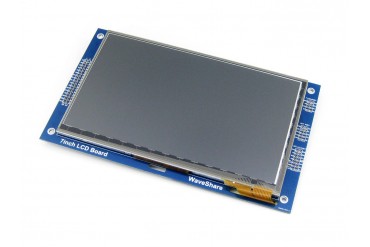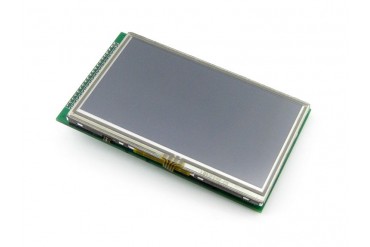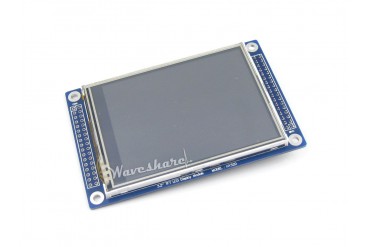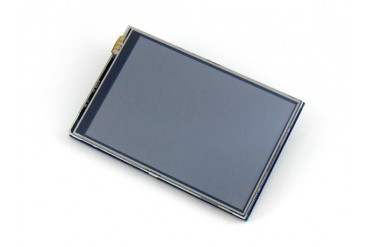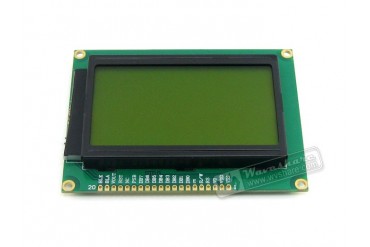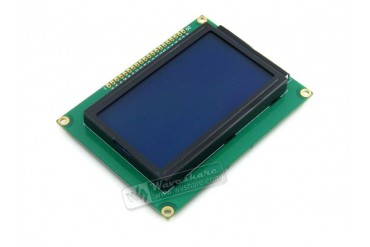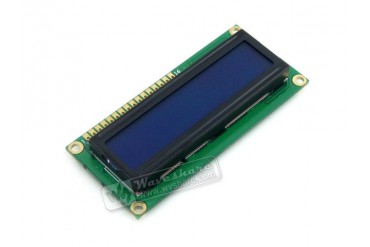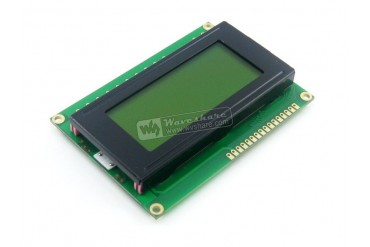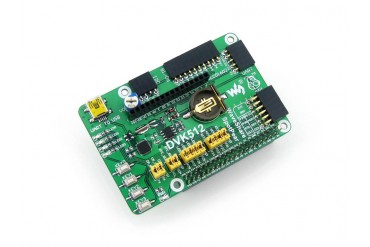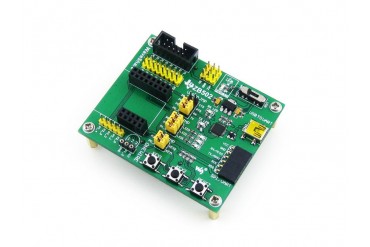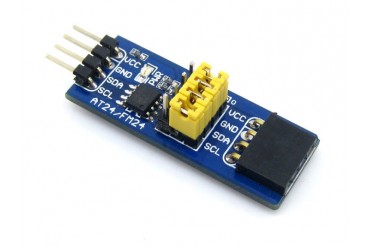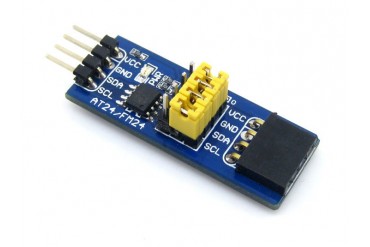More info
-
STM32 development board designed for STM32F051C series, features the STM32F051C8T6 MCU, and integrates various standard interfaces, pretty easy for peripheral expansions.
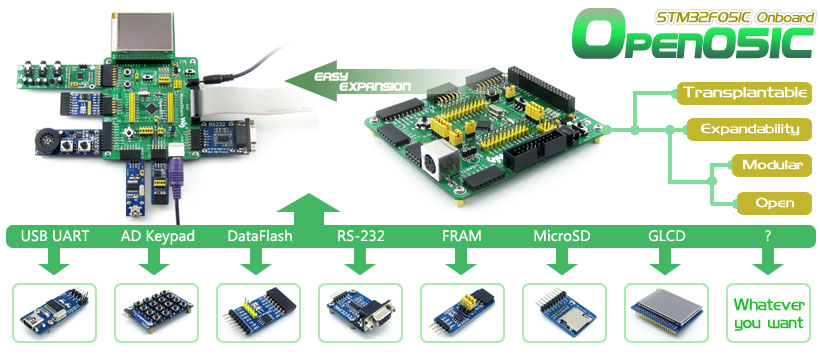
Overview
Open051C is an STM32 development board that features an STM32F051C8T6 device as the microcontroller. There are further expansions with various optional accessory boards for specific application. The modular and open design makes it the ideal for starting application development with STM32F family.
What's On Board
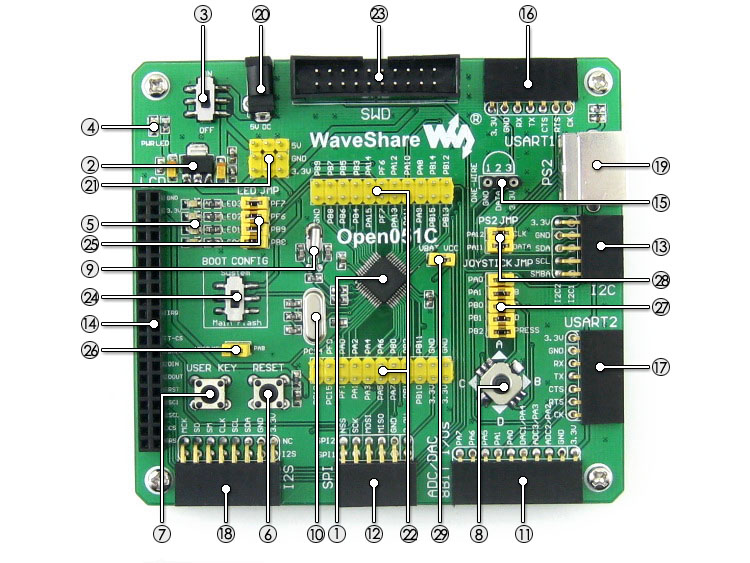
- STM32F051C8T6:the high performance STM32 MCU which features
- Core: ARM Cortex-M0 32-bit RISC
- Operating Frequency: 48MHz
- Operating Voltage: 2-3.6V
- Package: LQFP48
- I/Os: 39
- Memories: 64KB Flash, 8kB RAM
- Communication Interfaces: 2 x SPI, 2 x USART, 2 x I2C, 1 x I2S
- AD & DA converters: 1 x AD (12-bit, 1μs, shares 16 channels)
- Debugging/Programming: supports SWD (serial wire debug) interfaces, supports IAP
- AMS1117-3.3: 3.3V voltage regulator
- Power switch
- Power indicator
- LEDs: for indicating I/O status
- Reset button
- User key: for I/O input and/or interact with running code
- Joystick: for I/O input (five positions)
- 32.768K crystal oscillator: used for internal RTC, also supports clock calibration
- 8M crystal oscillator: enables the MCU run at 48M frequency by frequency multiplication
- 8I/Os + DAC + ADC Interface: easily connects to keypad, motor, etc.
- SPI1 / SPI2 interface
- easily connects to SPI peripherals such as FLASH (AT45DBxx), SD card, MP3, etc.
- convenient for connecting AD module, thanks to the SPI1 alternative AD function
- short the jumper to connect the LEDs to I/Os used in example code
- open the jumper to connect the LEDs to other custom pins via jumper wires
- short the jumper to connect the user key to I/Os used in example code
- open the jumper to connect the user key to other custom pins via jumper wires
- short the jumper to connect the joystick to I/Os used in example code
- open the jumper to connect the joystick to other custom pins via jumper wires
- short the jumper to connect the PS/2 interface to I/Os used in example code
- open the jumper to connect the PS/2 interface to other custom pins via jumper wires
- short the jumper to use system power supply
- open the jumper to connect the VBAT to external power, such as battery
Photos
Note:
The Open051C supports programming via STM32 UART bootloader, a USB TO UART accessory board is also provided in the package.
The Open051C does NOT integrate any debugging function, a debugger is required.
The Open051C Standard includes only ONE accessory board -- PL2303 USB UART Board (mini).SWD Interfaces
The figure below shows the header pinouts of SWD interface
Figure 1. SWD Header Pinout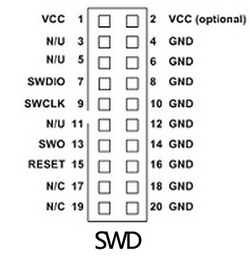
Development Resources
- Related software (KEIL etc.)
- Demo code (examples in C, μC/OS-II)
- Schematic (PDF)
- STM32 development documentations (Datasheet etc.)
- STM32F051C8T6:the high performance STM32 MCU which features
Reviews
No customer reviews for the moment.






